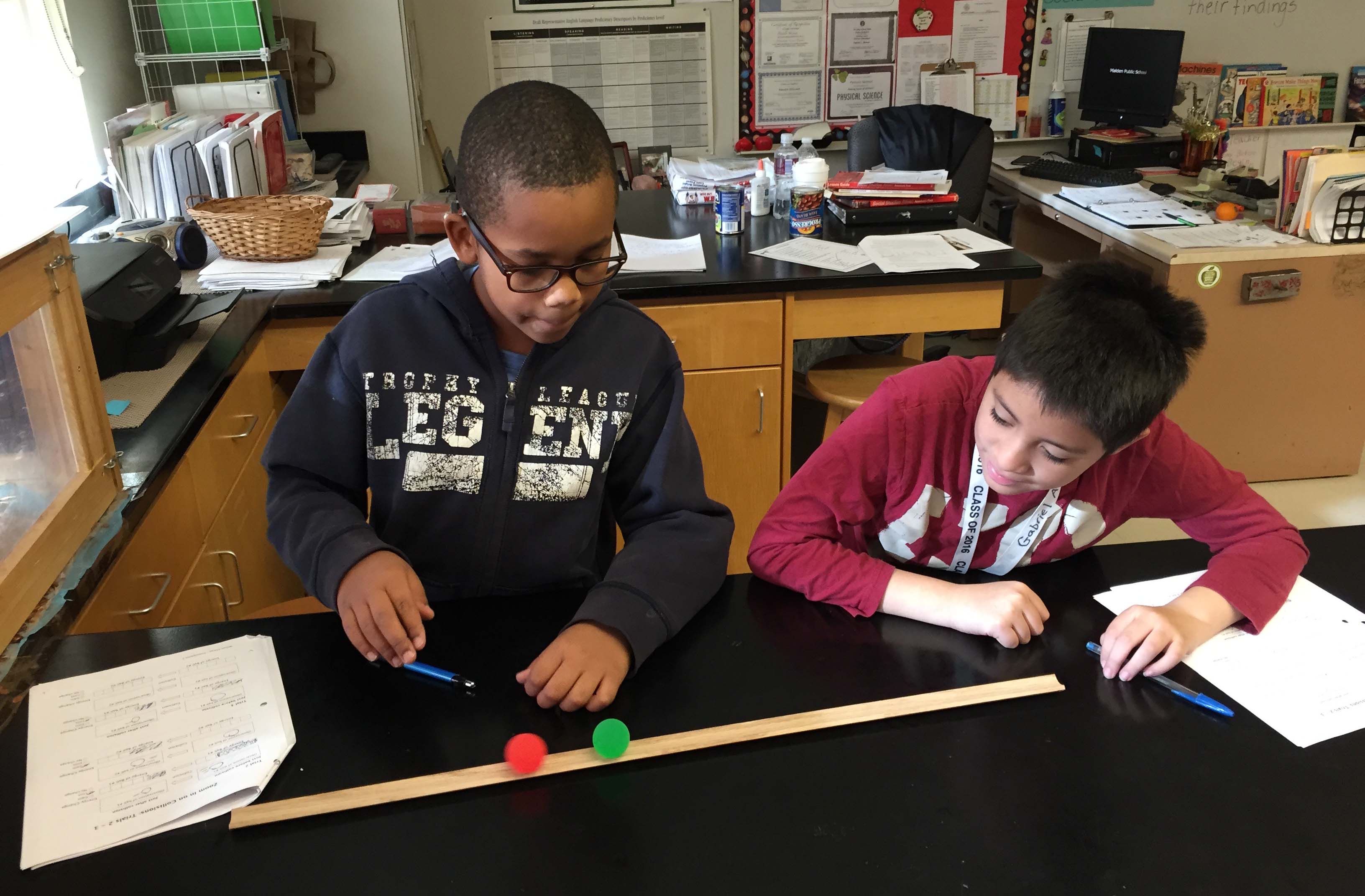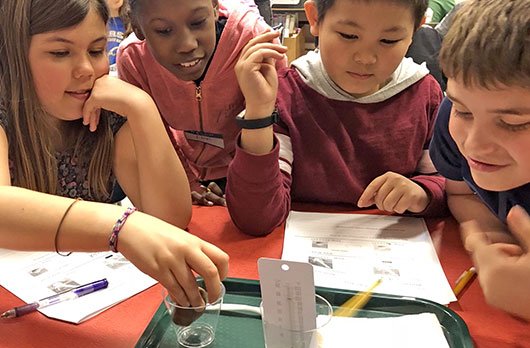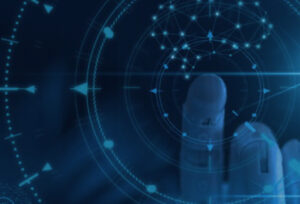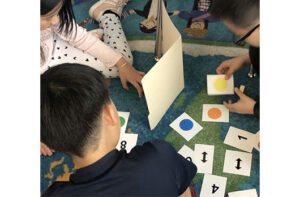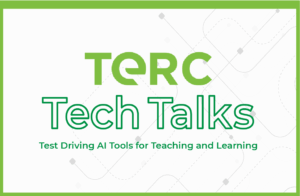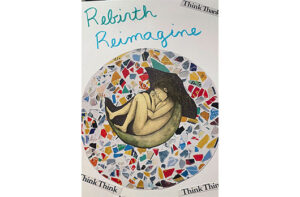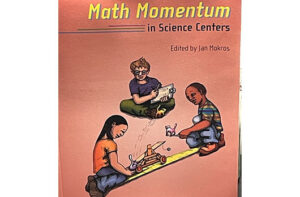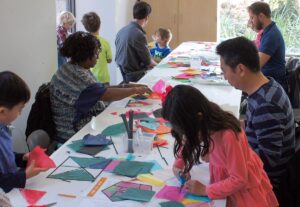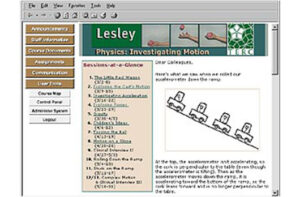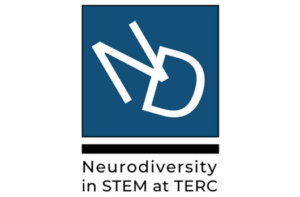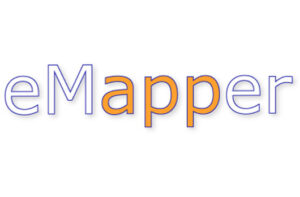Looking Through the Energy Lens: Science and Children
Sally Crissman, Sara Lacy, Jeffrey Nordine, and Roger Tobin
Journal of Research in Science and Teaching, Vol. 52(6), pp. 26 -31
Summary
A strategy helps students develop a fuller view of energy’s role in a variety of phenomena
Energy is perhaps the quintessential Crosscutting Concept because we use it in every branch of science and because it plays a central role in everyday life as well. Scientists and engineers can identify the forms and flows of energy in any natural phenomenon or human-designed device to set limits on its behavior; non-scientists commonly decide what to eat based on how many calories (a measure of energy) foods contain. Even very young children build intuitive ideas about energy that help them understand why playing makes them tired or why they should close the door if the air conditioner is running.
Like matter, energy assumes different forms, flows within and between systems, and is conserved-in a closed system the total amount does not change. But energy is not a material substance. We cannot see it or touch it or even measure it directly. For these and other reasons, energy can be challenging to teach and learn. In this article, we present a strategy for helping children to identify the role energy plays in a variety of phenomena. We call this way of looking at phenomena the “Energy Lens” (Lacy et al. 2014 ).


